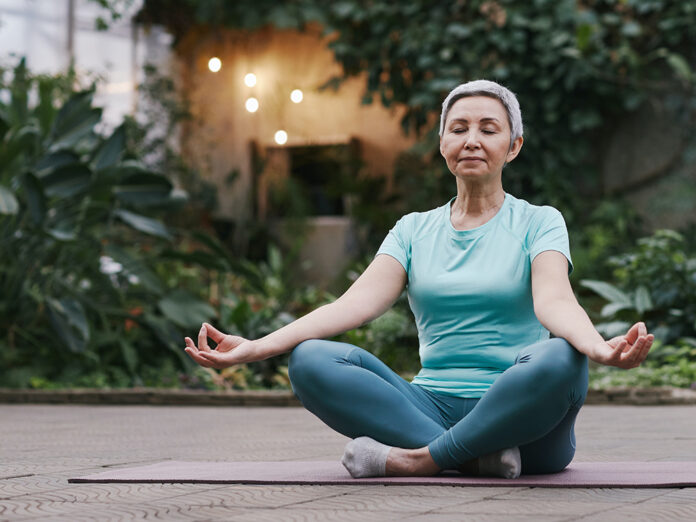
At some point after retirement, we may start questioning what to do with our free time. We may have accomplished some anticipated travel and hobby plans and crossed a few items off our bucket lists.
But now we sense a need to do something more and may need to develop a new perspective on our world and how we fit into it. What’s our purpose? Pre-retirement experiences may help provide some focus, but they may be inadequate to incorporate new ideas and opportunities into our lives. We may need a new vision — helped by gratitude and mindfulness — to guide us through this stage.
A good way to start this process is to reflect on our gratitude for what we have, and not focus on what we don’t. “Appreciating the world around us from the moment we wake up until the moment we go to sleep is a skill to be learned and incorporated into daily living,” James Firman, Ed.D. and Susan Stiles, Ph.D. wrote in their 2018 “Aging Mastery Playbook.” “It is the starting point of aging both masterfully and gracefully.”
Gratitude has shown to have a strong correlation with good health and wellbeing, not only for ourselves but for those around us. People with higher levels of gratitude are typically more socially connected and better able to handle stress. It can help us develop better attitudes in good times and bad.
Mastering gratitude and mindfulness techniques help us build positive habits, reverse negative habits, improve our decision-making ability and gain more autonomy over our lives. These steps can start us on the path to better control the direction of our lives so that every day can be more meaningful and enjoyable.
ACHIEVING MINDFULNESS
Most of us know to take care of our bodies, but we may not think so much about exercising our minds beyond daily crossword puzzles and memory-boosting games. Mindfulness can contribute many health benefits, including reducing isolation, depression or pain. So, how do we achieve it?
• Through meditation, focus on being intensely aware of what you’re sensing and feeling in the moment, without interpretation or judgment. Get absorbed in daily activities, like cooking or working on a hobby.
• Practice mindfulness by paying attention, living in the moment, accepting yourself and by focusing on your breathing. Techniques can be easily repeated, become automatic and improve your memory.
• Physical activity offers an opportunity to spend time fully engaged and promotes carrying that mindfulness into other areas of life.
Source: Mayo Clinic
Ron Smith is a Maricopa resident and an aging-in-place advocate. He is a member of the Age-Friendly Maricopa Advisory Committee, a member of the Maricopa Senior Coalition and a certified Aging-in-Place specialist.
This item appears in the May issue of InMaricopa magazine.

![3 things to know about the new city budget Vice Mayor Amber Liermann and Councilmember Eric Goettl review parts of the city's 2024 operational budget with Mayor Nancy Smith on April 24, 2024. [Monica D. Spencer]](https://www.inmaricopa.com/wp-content/uploads/2024/04/spencer-042424-preliminary-budget-meeting-web-218x150.jpg)






![MHS G.O.A.T. a ‘rookie sleeper’ in NFL draft Arizona Wildcats wide receiver Jacob Cowing speaks to the press after a practice Aug. 11, 2023. [Bryan Mordt]](https://www.inmaricopa.com/wp-content/uploads/2024/04/cowing-overlay-3-218x150.png)



![Alleged car thief released without charges Phoenix police stop a stolen vehicle on April 20, 2024. [Facebook]](https://www.inmaricopa.com/wp-content/uploads/2024/04/IMG_5040-218x150.jpg)

![3 things to know about the new city budget Vice Mayor Amber Liermann and Councilmember Eric Goettl review parts of the city's 2024 operational budget with Mayor Nancy Smith on April 24, 2024. [Monica D. Spencer]](https://www.inmaricopa.com/wp-content/uploads/2024/04/spencer-042424-preliminary-budget-meeting-web-100x70.jpg)


